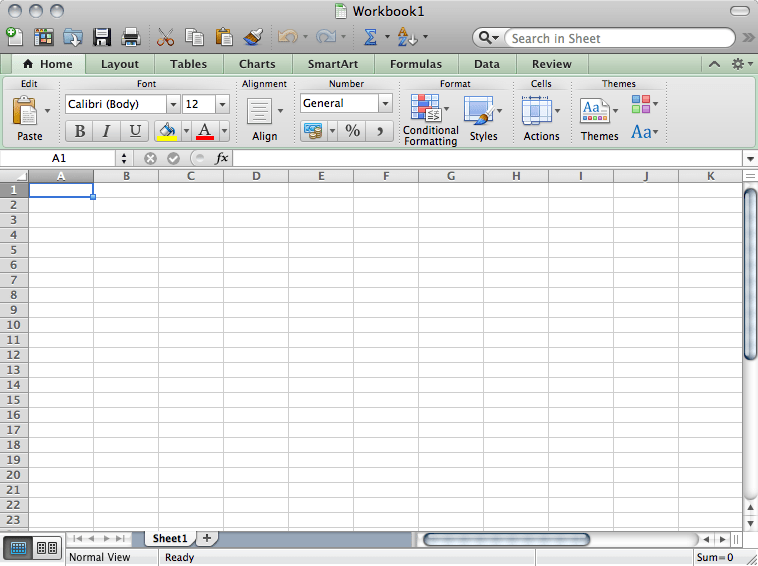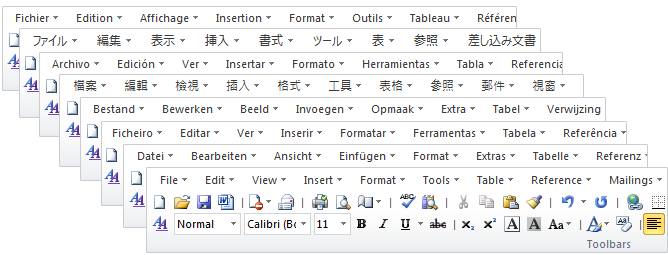

- #Excel 2008 for mac dislpay classic menu install#
- #Excel 2008 for mac dislpay classic menu software#
The add-in should remain in the list, to make it easy to reinstall at some future time. When the Add-Ins dialog opens, locate the add-in in the list, uncheck the box in front of it, and click OK. Uninstalling an Excel Add-Inįollow the steps to get to the Add-Ins dialog (Developer tab > Excel Add-Ins, File tab > Options > Add-Ins > Go, or Alt+T+I). Otherwise you will have to click Browse, then navigate to find the add-in.Ĭheck the box in front of this entry, then click OK, and the add-in is installed, available whenever you run Excel. If you stored the add-in in the User Library, it will appear by name in the Add-Ins dialog. (Below is the dialog for Peltier Tech Charts for Excel, my commercial Excel charting add-in.) At the bottom of the General tab of the Properties dialog, there may be a notice that the file may be blocked, and there is a checkbox to unblock the file.

Right click on the add-in file in Windows Explorer, and choose Properties.
#Excel 2008 for mac dislpay classic menu software#
Windows protects your computer from malicious software that came from a different computer than yours, but it also protects your computer from useful software that comes from my computer, so you need to unblock the add-in.
#Excel 2008 for mac dislpay classic menu install#
You can actually store the add-in in almost any convenient folder, but when you use the Add-In Library, it’s easy to find the add-in from within Excel when you install it. You can get there quickly by pressing Win+R (Win = Windows key), typing %appdata% in the Run box, and clicking OK (which opens the Roaming directory), and drilling down to Microsoft and then AddIns. Unzip the file, and store the add-in in the User Add-in Library, which is C:\Users\USERNAME\AppData\Roaming\Microsoft\AddIns\ Very often, an Excel add-in is packaged in a zip file. An Excel add-in can also be opened like a regular file when you need it, without installing it, though it is still hidden. The add-in can be installed, which means it opens every time Excel opens, so that its functionality is always available. The add-in workbook itself is invisible, though it has one and often more hidden worksheets, where information related to the add-in may be stored. An add-in usually has some user interface elements, such as buttons on the ribbon or on context (right-click) menus, so you can access its features. An Add-In is basically a workbook containing some code, that has some other unique properties. A lot of Excel procedures are packaged in Add-Ins.


 0 kommentar(er)
0 kommentar(er)
